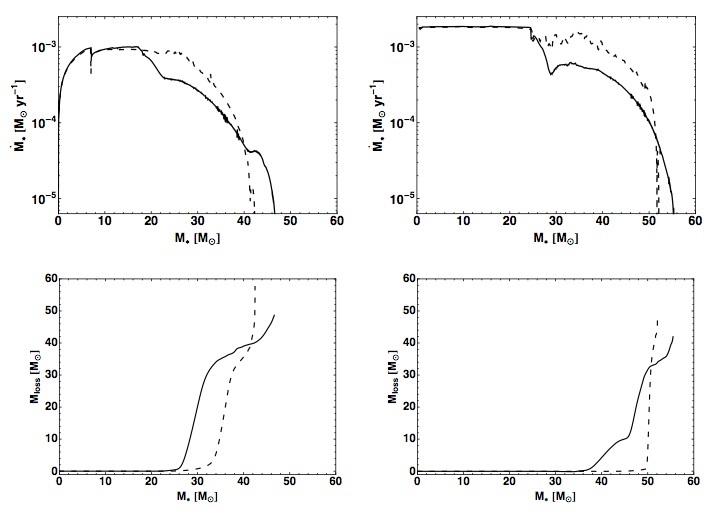| EPoS Contribution |
|
Quantifying the feedback effects of protostellar outflows and radiation pressure in massive star formation
Rolf Kuiper MPIA, Heidelberg, DE | |
| During their formation and early evolution, massive protostars impact on their host cores via protostellar outflows and radiation pressure. We have performed radiation hydrodynamic simulations of the formation of massive stars, including the effect of protostellar outflows and radiative feedback, starting from a pre-stellar core of dusty gas. Therein, the evolution of the stellar environment is resolved down to the order of 1 AU and the stellar irradiation feedback is computed by use of a highly accurate frequency-dependent ray-tracing approach. In contrast to previous investigations, we follow the long-term evolution of the collapse until the cessation of accretion onto the protostar and its circumstellar disk, which enables us to quantitatively derive the final efficiencies of these feedback effects. To assess the net effects of protostellar outflows, we compare these results to simulations without outflows. Initially, protostellar outflows lower the accretion rate onto the disk and protostar. However, this decrease is compensated by a longer period of accretion. The bipolar cavity formed by the protostellar outflow enhances the "flashlight effect" and thus reduces radiative feedback during later evolutionary stages. We conclude that the combined effects of kinematic feedback from protostellar outflows and radiation pressure feedback by protostars are not simply additive. For the particular initial conditions chosen for this study (100 Msol cores with varying initial density slopes) we obtain final stellar masses in the range 42 - 55 Msol. When compared to equivalent cases without an outflow, those cases with a protostellar outflow had lower average accretion rates, longer accretion times, and slightly higher final masses. Furthermore, we will report on our recent studies on the effects of synchronously ongoing stellar evolution (with the aid of the STELLAR code) as well as on the shielding properties of the inner dust-free gas disk. | |
 | |
| Caption: Stellar accretion rate (upper panels) and mass loss from the protostellar cores (lower panels) as a function of the accreted stellar mass for two cases of different initial density slopes ~ r-1.5 (left panels) and ~ r-2 (right panels). Solid (dashed) lines depict the cases with (without) protostellar outflow. | |
| Collaborators: H.W. Yorke, JPL, USA N.J. Turner, JPL, USA |
Key publication
Suggested Sessions: Massive Star Formation and Feedback |

